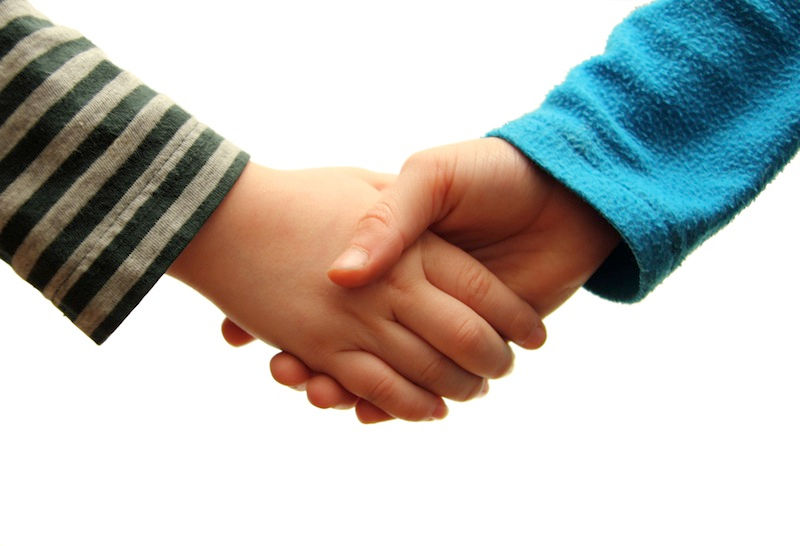
I love Passover. I mean I really love Passover. It's my favorite holiday. I love all the cleaning and physical preparation that goes into it, I love the food, and I love the seder. As an educator, I realize that the seder is what it's all about. Every year we tell the exact same story as we did the year before (and the year before that). We do this because we can always learn something new from an old story.
At one point in the seder we hear from the four children, one wise, one wicked, one simple, and one who doesn't know how to ask. This usually engenders jokes about who at the table is wise and who is wicked. But, again, as an educator, I know that this part of the seder is what it's all about.
In our quest to learn, we all come at the question differently. We bring our own experiences and understandings, our own strengths and weaknesses, our own biases and perceptions. We come as individuals whose questions and ideas are just as valid as those of the person sitting next to us.
For me, the four children represent the many different ways we have to teach so that everyone can learn. The wise child helps us remember the tried and true teaching methods; the wicked child keeps us on our toes and reminds us that the methods we've used in the past might not be good enough anymore; the simple child forces us outside our comfort zone as we search for new methods to help them understand; and the child who doesn't know how to ask reminds that there's still so much for us to learn.





